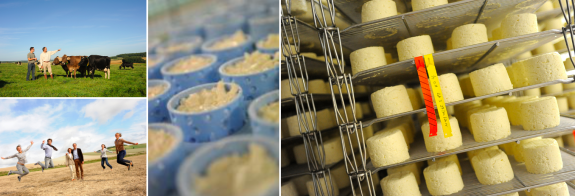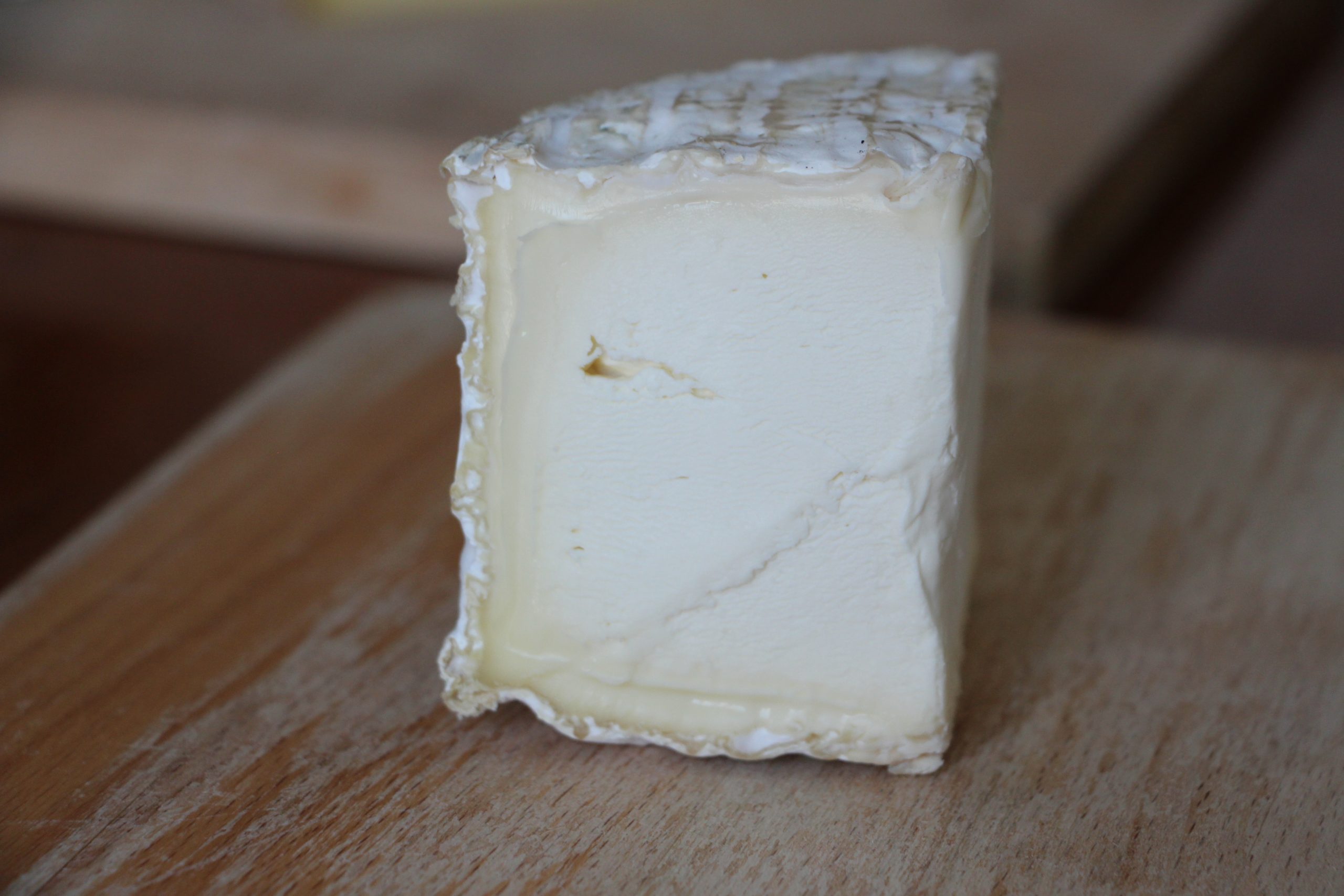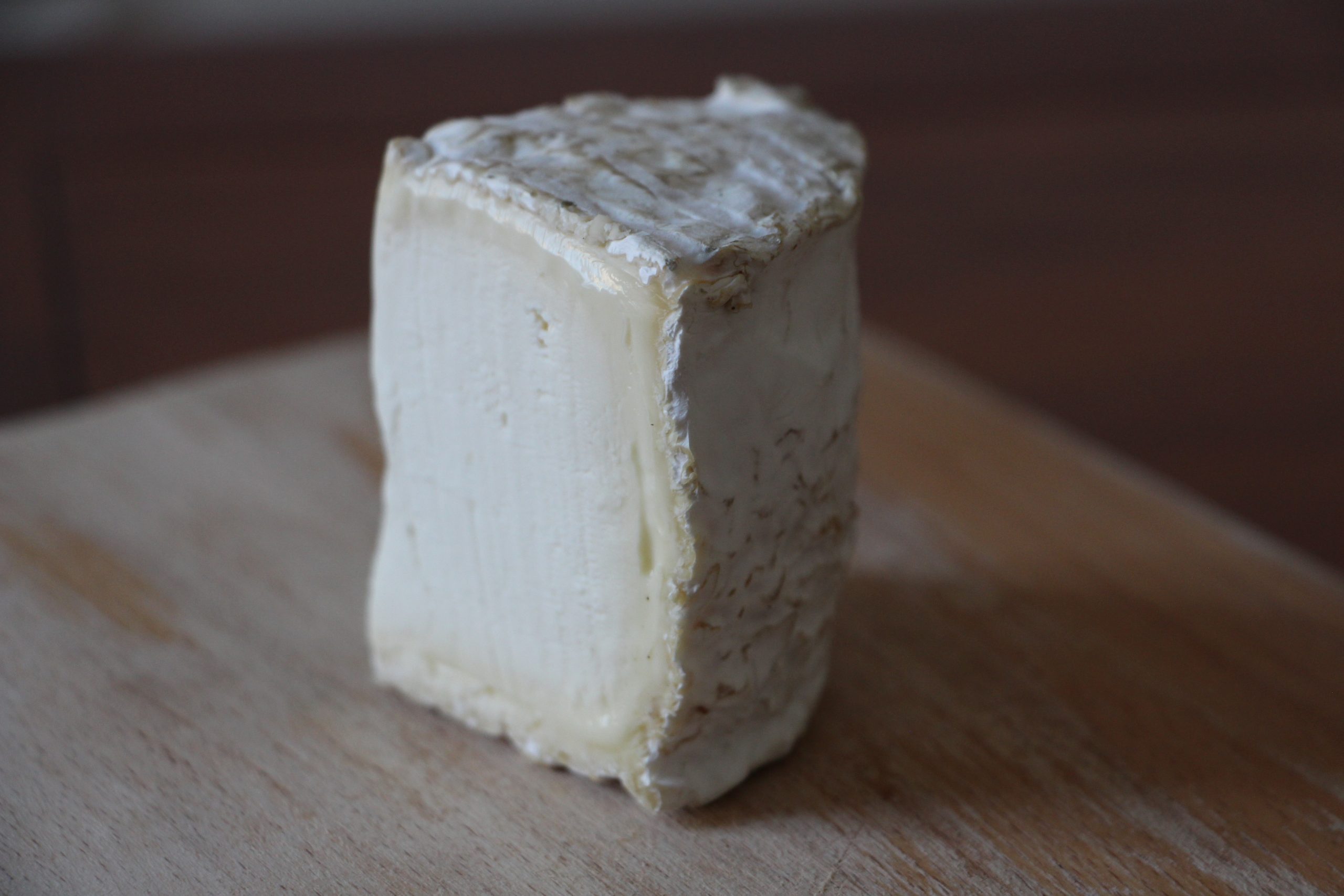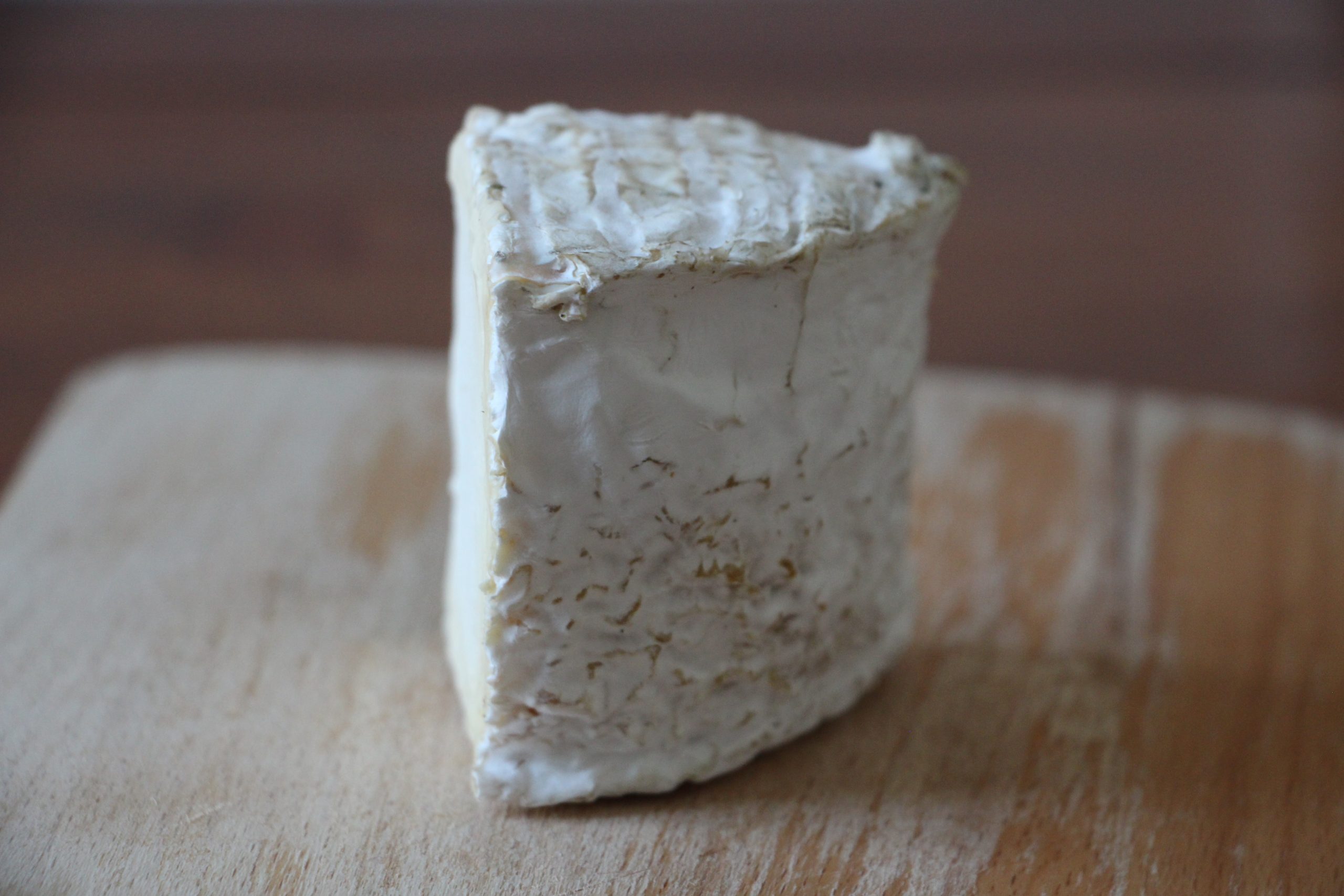Chaource: The wonder of Fromage – unveiling one French cheese at a time
It would be easy, in spotting a downy, barrel-shaped Chaource, to confuse it for double-cream Brillat-Savarin. I’ll admit I’ve done it several times before, and Lionel Dosne of the Ferme des Tourelles quickly reassures me I’m not the only one.
“Especially in the Paris region,” he asserts, “people get mixed up a lot.”
The cheeses, he says, are ‘cousins’: Brillat-Savarin, once known as Excelsior, is reinforced in extra cream, while Chaource is made simply with whole milk.
That means we take the milk as the cows are kind enough to give it to us, and we transform it.
says Dosne
Milk, rennet, and salt – that’s all you need for the perfect Chaource. The secret to the cheese’s creaminess, according to Dosne, is “all the mystery and all the work around the production of the milk.” He was happy enough to share a few of those secrets with us.

What is Chaource?
Chaource is a regional cheese made on the border between Burgundy and Champagne. A member of the same bloomy-rinded family as Camembert or Brie, it is treated with Penicillium camemberti mold to encourage a downy white crust to form. Between this mushroomy crust and the chalky, fudgy interior, a good Chaource will have a thin, runny layer just beneath the rind. With a flavor boasting saltiness and acidity in equal measure, Chaource is nutty, creamy, and woodsy.

For Mathilde Lincet, Marketing and Communications Director for Fromagerie Lincet and Fromagerie Gaugry, one of the essential elements of making a good Chaource lies in lactic fermentation.

“This means that the milk is going to coagulate all on its own, with just a tiny bit of animal rennet – really, a homeopathic dose,” she asserts.
“That lactic quality of the milk is going to have certain extremely interesting organoleptic characteristics with fairly fruity flavors.”
Combined with the mushroom quality of the rind, it’s pure pleasure to discover.
Making Chaource: a story of quality milk





A good Chaource begins, of course, with milk. And unlike many other protected cheeses in France, the Chaource AOP demands no particular breed – and according to Dosne, this is historically accurate.
“This area was known for intermingling from all over Europe,” he says, citing fairs and markets that brought people from all over the continent to this little corner of France. “So rather than just one breed, there were many all over the area.”
“If we could have, we would have written ‘a mix of breeds’,” he asserts of the phrasing in the cahier des charges – a document that establishes rules and standards for French IGPs, AOPs, and AOCs. “But it didn’t really fit with the reality, today, so we didn’t write anything.”
At his 250-hectare Ferme des Tourelles, founded by Dosne himself 28 years ago, the team works with a mix of Holsteins and Gervaises.
“We did a lot of work on genetic selection,” he says of the 180-head herd managed by his daughter; the result is milk that’s naturally rich in both fat and protein, perfect for cheesemaking.
How to enjoy Chaource
These days, Dosne’s son-in-law is the head cheesemaker at the Ferme des Tourelles, and while Dosne claims to be retired, he’s also the de facto head of marketing.
I’ve never been the one with my hands in the curds, but I know what makes it good or less good.
says Dosne
Known for its fudgy texture and salty flavor, Chaource evolves quite a bit over the course of its four to six weeks of aging. Dosne, like many producers, prefers his ‘fairly aged’ – about five to six weeks old – at which point the runny layer beneath the crust has grown to about a half-centimeter in depth.
“You start to get slightly stronger flavors,” he says of the cheese at this stage.
He prefers pairing Chaource with regional wines: red Irancy, or ‘well-structured’ Chablis for fans of whites. It also marries quite well with Champagne, although for Dosne, this pairing demands a bit of extra waiting time.
“I’m lucky enough, as a producer, to be able to dry out a Chaource – a well-aged one,” he says. “And then I cut it into cubes that you can pick up with a toothpick – almost like a cube of Comté.”
Should you stumble upon a cheese that’s been aged to this level of doneness, he says that it makes the perfect aperitif, paired with a zero dosage Champagne.
Have you tasted Chaource? Can you add to this discussion? Please share your thoughts and experiences in the comments below.
Here you can read all articles in this column:
‘The wonder of Fromage – unveiling one French cheese at a time’ by Emily Monaco






